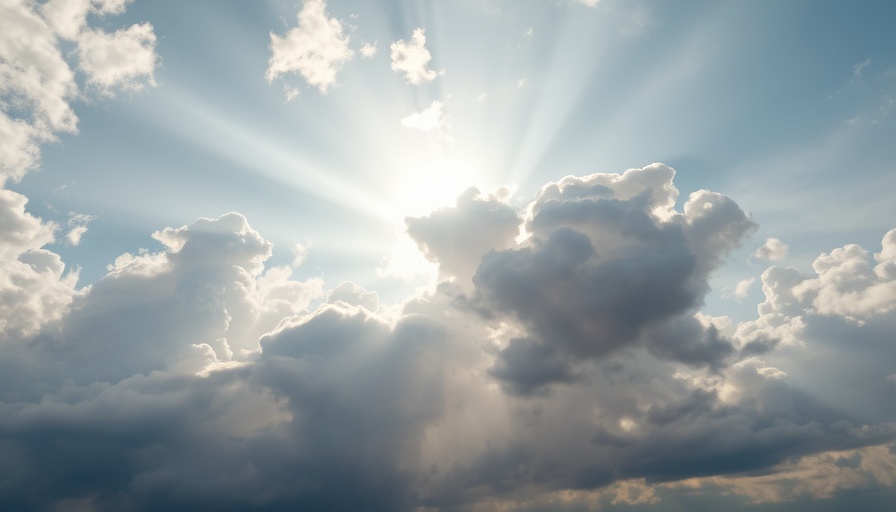
The Importance of Celebrating International Zebra Day
January 31, 2025, marks an important occasion in the global calendar: International Zebra Day. This day serves as a reminder not just of the awe-inspiring beauty of zebras but also of the critical conservation efforts needed to ensure their survival. These unique animals, characterized by their striking black-and-white stripes, are endemic to Africa and play a vital role in maintaining ecological balance. Their grazing habits significantly influence the health of grassland ecosystems, which in turn supports a diverse array of wildlife.
Zebras’ Role in Ecosystems
Zebras are more than just a visual marvel; they are environmental custodians. As herbivores, they help maintain healthy plant diversity by grazing on grasses, curbing overgrowth and promoting the regeneration of flora essential for other species. Their movements aid in seed dispersal, ensuring a robust grassland ecosystem. These functions exemplify their indispensable role in biodiversity protection and highlight the complexities of their existence within their natural habitats.
The Growing Threats to Zebra Populations
Despite their ecological significance, zebras face numerous threats primarily due to human activities. Habitat loss, driven by urbanization and agricultural expansion, is the most pressing issue. Climate change exacerbates these challenges, resulting in shifts in habitat suitability as temperature changes compel species to migrate in search of food and water. Poaching, although less visible, remains a critical risk that further endangers these formidable creatures. Conservationists have observed a significant decline in species such as the Grevy's zebra, which is classified as critically endangered due to these combined pressures.
Conservation Success Stories
However, not all news is grim; there have been remarkable conservation successes. The Cape Mountain Zebra, for example, has seen a formidable recovery thanks to collective conservation initiatives. Programs focused on increasing habitat protection, alongside community engagement, have proven effective in reversing declining trends. Research by experts such as Dr. Sue Snyman emphasizes the importance of grassroots movements and local community involvement in conservation efforts, advocating for collaborative strategies that balance human and wildlife interests.
How to Get Involved This International Zebra Day
On this International Zebra Day, individuals worldwide can contribute to conservation efforts through various means. Here are some suggested actions:
- Support National Parks: Visiting national parks not only supports local economies but also promotes conservation initiatives.
- Educate Yourself and Others: Learning about zebras’ ecological roles and challenges can empower you to advocate for their protection.
- Engage with Local Initiatives: Contributing to local conservation groups like Wilderness Foundation Africa ensures that your efforts directly impact zebras’ survival.
Ways to Raise Awareness
As advocates for zebras’ futures, social media can be a powerful tool. By sharing information, stories, and engaging in discussions, one can help broaden the reach of conservation messages. Trending hashtags such as #SaveTheZebras and #InternationalZebraDay foster a community of wildlife warriors dedicated to this cause.
The Future of Zebra Conservation
The road ahead for zebra conservation is paved with challenges but also opportunities for impactful change. Continuing to advocate for sustainable practices, strengthening protective laws, and fostering community involvement will be crucial. The message for International Zebra Day is clear: Collective participation in conservation can shape a future where zebras continue to roam the African savannas.
Conclusion: Uniting for Zebra Conservation
International Zebra Day highlights both the beauty and threats facing these iconic animals. By fostering awareness and supporting localized conservation efforts, we can all play a role in protecting zebras for future generations. Let’s commit to this cause, ensuring the legacy of these striking creatures endures in our ecosystems.
 Add Row
Add Row  Add
Add 




Write A Comment